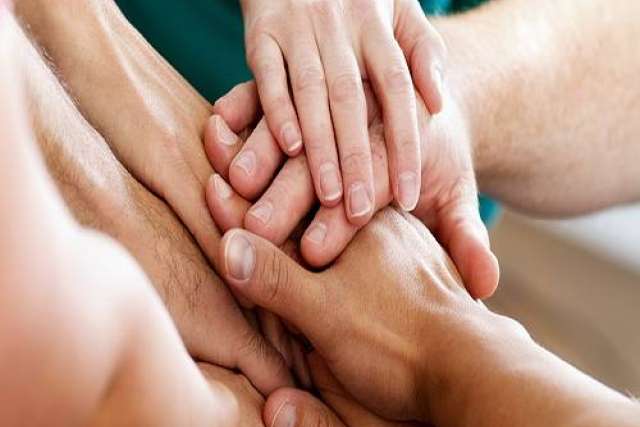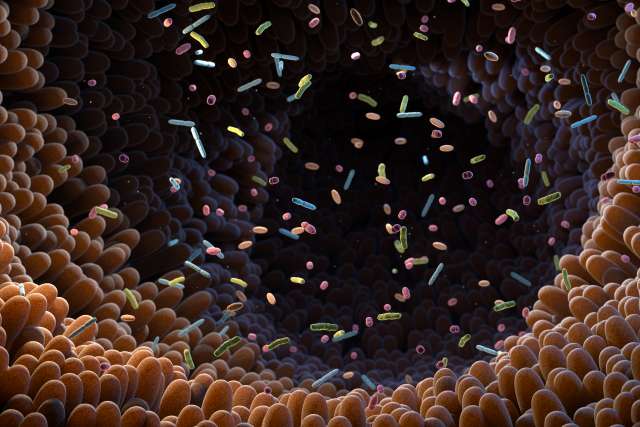Flowers, candles and signs accumulated around the Staples Center. People milled about the memorial talking, hugging, chanting “Kobe. Kobe.” The overwhelming display of grief following the deaths of former LA Lakers basketball star Kobe Bryant, his daughter and seven other people has been part of a ritual practiced by Americans in times of tragedy, say UCLA experts in loss and bereavement. We need each other to process pain, to grieve and to heal.
“Grief can make people feel isolated,” says the Rev. Yuko Uesugi, interim director of the UCLA Health Spiritual Care Department. “But being with others and sharing the sadness promotes a sense of community. That can be very comforting.”
In the outpouring of grief over the death of a public figure like Bryant — such as the gatherings at Staples Center and elsewhere in the city — people often are searching for others who share the same feelings, says Brenda Bursch, PhD, professor of clinical psychiatry & biobehavioral sciences at David Geffen School of Medicine at UCLA. People can express their pain without feeling embarrassed or like they are acting abnormally.
“Connecting to other people and processing your emotions — talking about it, writing about it — can be extremely beneficial,” she says. “The feelings are so strong. Unless you’ve been through it before, it can cause you to think something is wrong with you. If you share it with other people, you learn you are not alone.”
"Funerals, memorial services and celebrations of life serve the same purpose and are an important part of cultures worldwide," says Gina Kornfeind, MSW, MS, a pediatric palliative care social worker and bereavement counselor and coordinator at UCLA Mattel Children’s Hospital.
“A public grief response speaks to our society’s need to feel connected,” she says. “It’s harder to feel OK just doing it alone. It feels more acceptable to share and grieve along with everyone else.”
It’s also OK to back away from public gatherings or memorials if the events become too intense, Dr. Bursch says. “If you are overwhelmed and overloaded with too many reminders, it may be helpful to titrate your exposure — limit what you’re exposed to. Take breaks and pace yourself in processing your grief,” she says.
Remember that memorials are not always about tears, she says. “I worry least about people who can express their range of emotions, which might include sadness, anger and joy. It is a good sign if you can smile or laugh at a pleasant memory as part of the grieving process.”
Kornfeind says she sometimes worries that society’s emphasis on communicating via social media will lead to fewer opportunities to be physically present with each other to share our grief.
“People express a lot on social media, but it’s not spoken,” she says. “I don’t think that’s helpful. We used to cry in each other’s arms. It’s human nature — wanting to feel together in this. We’re not just behind a screen. We need to connect; the physical touch, the hugging. That’s why support groups can be so important; it feels like you’re not alone. You’re united over something. You’re connected.”
By gathering to express our collective grief, we ameliorate the sadness and help each other, Kornfeind says. “Ameliorate means to make better without fixing,” she explains. “We can’t fix people who are grieving, but we can walk alongside them.”



